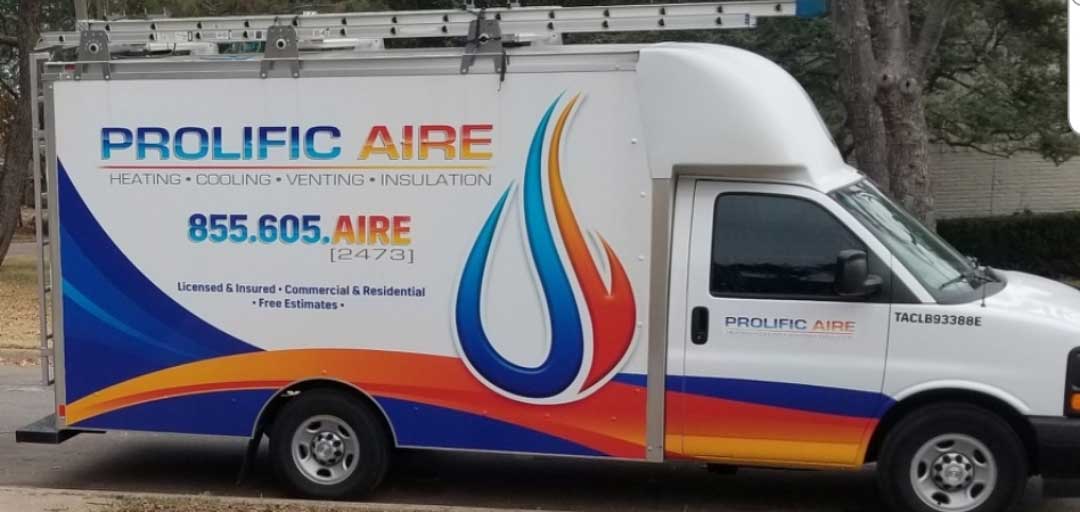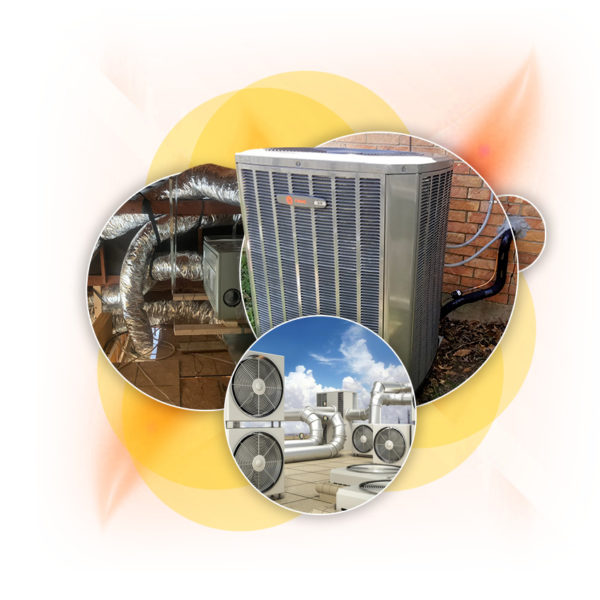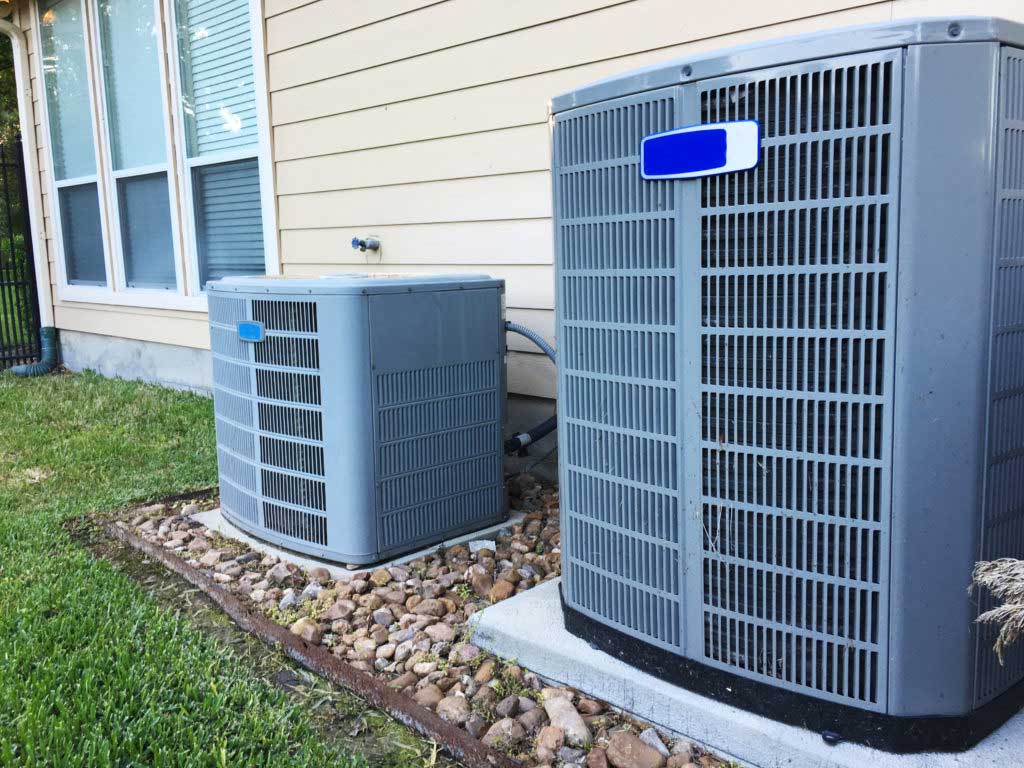Furnace installation, repair & maintenance
Prolificaire offers complete heating solutions for residential, commercial, and industrial sectors.
Furnaces
A standard furnace uses natural gas to heat your home. When you adjust your thermostat, the furnace's control board will perform a status check to ensure that all of your system’s safeties are functioning. If a safety fails, the natural gas furnace will stop heating and enter a shut-down sequence. When the safety check is completed, natural gas ignites in the burner component of the furnace. Connecting to the burner is the heat exchanger, which is a set of metal tubes or coils. The heat exchanger also connects to the flue.
The combustion process creates exhaust toxic gases. These gases include carbon monoxide. Via your exhaust flue, they are safely released outside of your home. The furnace’s blower moves air across the heat exchanger and into the ducts. This disperses the heated air throughout your home. When your thermostat registers the temperature you've set, your furnace's combustion process ceases. When the thermostat registers a temperature reading that is below your set temperature, the process begins again. All furnaces include four main components:
- Burners
- Heat exchangers
- Blower
- Flue
Heat pumps
Heat pumps can be very energy-efficient. They extract heat from the air and move it, instead of burning fuel to generate heat. This process requires significantly less energy to run. Also, a heat pump can be used in conjunction with a furnace that will run only if the temperature falls below freezing.
Because a heat pump is most effective to temperatures around 25-30°F, temperatures below that point will necessitate a gas furnace or an air handler with supplemental electric heat to keep your home at a pleasant temperature. For this reason, heat pumps are most popular in the southern and southwestern of the country, as freezing temperatures occur less often in these areas. In the summer's soaring temperatures, a heat pump performs much like an air conditioner, with similar energy output and efficiency. This is the reason it is generally more energy-efficient than an air conditioner and furnace HVAC setup.




